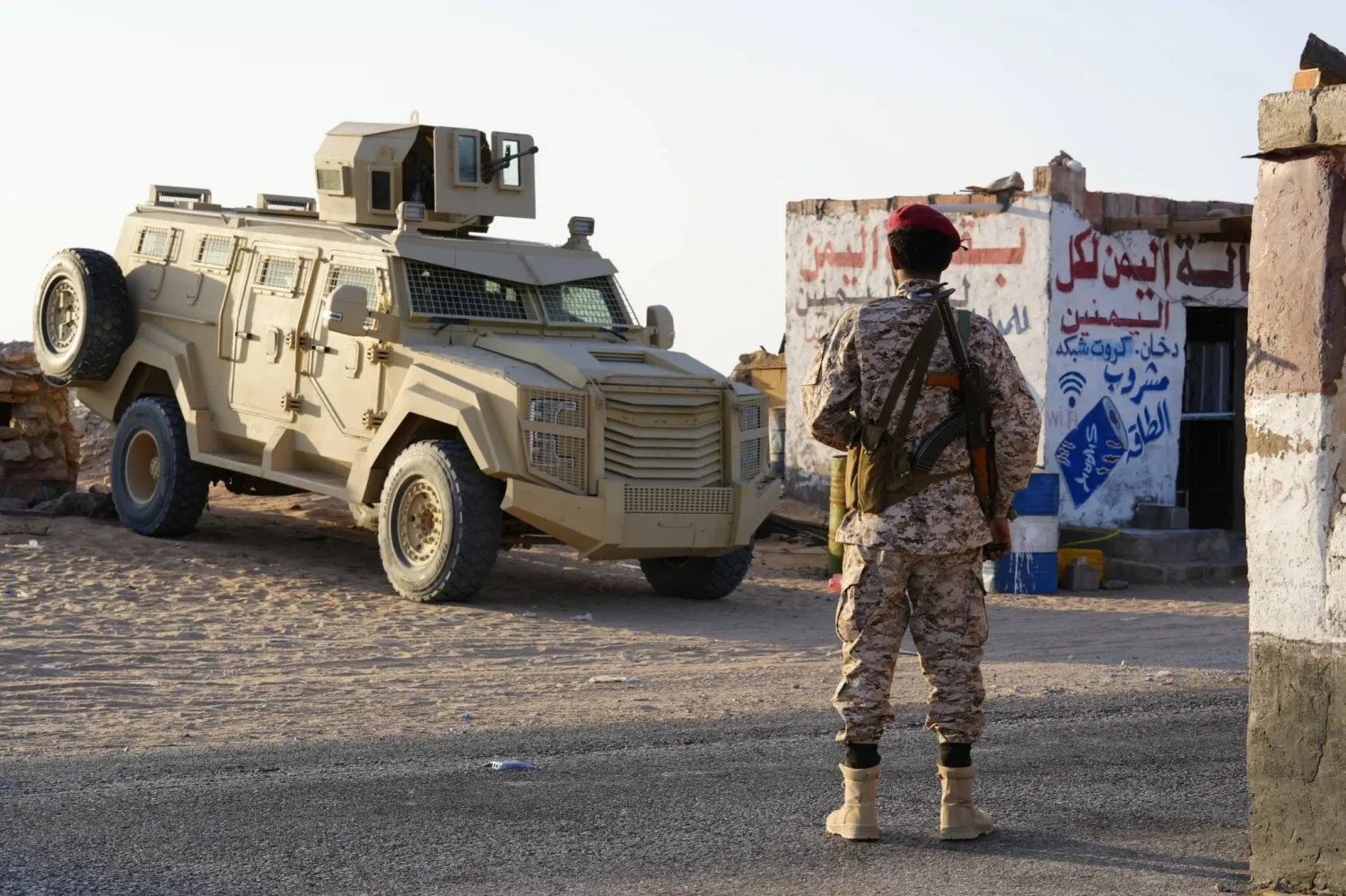On the first day of the new school year this Sunday, more than 3.65 million students from various educational levels will attend 13,660 schools and institutes in the areas controlled by the Syrian regime, according to a statement by the Ministry of Education.
The academic year begins amid a significant deterioration in the economic, living and political conditions, and sharp divisions in the country, as large parts of Syrian territories are under the influence of groups and factions that refuse to implement the educational curriculum approved by the government in Damascus.
In a statement, Minister of Education Darem Tabbaa pointed to the presence of 2,332 kindergartens, accommodating around 133,000 boys and girls, in addition to 9,147 elementary schools, with 3.35 million pupils, and 1,629 secondary schools, with 371,000 students. The country’s vocational secondary schools amount to 479, accommodating around 83,000 students.
According to the minister, there are 8,733 non-operational school buildings, of which 457 are completely damaged.
In his statement to local media, Tabbaa promised to work on rehabilitating 400 school buildings in 2023 in order to reduce class overcrowding and the burden of access to schools.
The Ministry of Education is seeking the assistance of NGOs and associations to rebuild war-stricken educational institutions. Earlier this month, the ministry signed 12 MOUs with a number of associations for the rehabilitation and maintenance of damaged schools and the provision of school equipment and educational supplies, in addition to family support programs and psychological and social assistance for students.
The families of students in Syria suffer from stifling financial pressure, as each student needs a minimum of SYP100,000 ($20) to secure uniforms, stationery and books, while the average monthly salary for public workers does not exceed $35 and $70 for private sector employees.
According to United Nations reports, more than 90 percent of Syrians live below the poverty line, while the unemployment rate increased from 8 percent in 2011 to 56 percent in 2013.
While the government in Damascus adopts a specific educational curriculum, large areas of the country outside the regime control use different programs, perpetuating the division of Syria into spheres of influence.
The Syrian government refuses to recognize the curricula of the Autonomous Administration, which was established in mid-2016.
In the Kurdish “self-administration” areas in northeastern Syria, a dual educational curriculum is adopted for teaching within the areas of Kurdish influence in the northern provinces, where the first school semester kicks off on September 18.
The government educational curriculum is not applied in the areas controlled by the Turkish-backed opposition factions in northwestern Syria.









